Description
The Wahoo (Acanthocybium solandri) is a scombrid fish found worldwide in tropical and subtropical seas. Among the fastest fish in the sea, they are best known to sports fishermen, as its speed and high-quality flesh makes it a prized and valued game fish.
The wahoo may be distinguished from the related Atlantic king mackerel and from the Indo-Pacific narrow-barred Spanish mackerel by a fold of skin which covers the mandible when its mouth is closed. In contrast, the mandible of the king mackerel is always visible as it is also the case for the smaller Spanish mackerel and Cero mackerel. The teeth of the wahoo are similar to those of king mackerel, but shorter and more closely set together.
Wahoo are regularly taken as a bycatch in various commercial fisheries, including longline fisheries for tuna, billfish, and dolphinfish (mahi-mahi or dorado). It is also taken in tuna purse seine fisheries, especially in sets made around floating objects which act as a focal point for a great deal of other marine life besides tuna.
Hawaiian lore has it that the name wahoo comes from European explorers’ misspelling of “Oahu” on early maps, since the fish was abundant around that island. The fish’s alternate name, ono, is derived from the Hawaiian word òno, meaning “good to eat.” Wahoo are found in tropical and subtropical waters of the Atlantic, Pacific and Indian oceans, but the bulk of the global harvest is from the Caribbean and South Pacific. Most domestic supplies are from Hawaii. About 50 percent of Hawaii’s commercial wahoo harvest is taken by trollers. The remainder is caught on longline gear. Some wahoo is also landed in Florida as tuna and swordfish bycatch.
In 2003, the South Atlantic Fishery Management Council issued a Dolphin Wahoo Fishery Management Plan for the Atlantic. However, the species as a whole is not considered overfished.
Size Facts
An adult wahoo typically reach about five or six feet long, but exceptionally large individuals have been recorded at up to 8 ft 2 inches in length. Wahoo may grow to more than 100 pounds round weight, but the usual size of fish is 8 to 30 pounds.
- Max length: 39.30 inches
- common length: 31.44 inches
- max. published weight: 42.24 lbs
The Wahoo is also known in Brazil as Cavala.
Where can Wahoo be found?
Wahoo are found in tropical and subtropical waters around the world. In tropical waters they are found year-round but in higher latitudes they are more plentifull during the summer.
You can find Wahoo both close to shore and in the open ocean. It inhabits epipelagic ecosystems, or the area from the surface of the water to as deep as light continues to penetrate. This species ranges as far as 1,000 feet beneath the surface.
How does Wahoo look like?
Its body is elongated and the sides are silvery with a pattern of irregular vertical blue bars. These colors fade rapidly during death. The mouth is large, and the teeth of the wahoo are razor sharp.
The wahoo has silvery colored scales with a dark, blue-green colored back. Its sides, or flanks, have light blue stripes or barring. People often mistake this species for a barracuda for this reason.
- Atlantic wahoo are steel blue above and pale blue below.
- They are covered with small scales and have a series of 25 to 30 irregular blackish-blue vertical bars on their sides that fade rapidly after death.
- They have large mouths with strong, triangular, compressed, and finely serrated teeth.
- Their snouts are about as long as the rest of their heads.
How does Wahoo behave?
Their diet is made up of other fish and squid. From a study surrounding the Western and Central Pacific Ocean (WCPO), an analysis of the stomach contents of wahoo indicated that their diet consists of 84.64% native fish, 14.26% cephalopods (e.g. cuttle fish), and 1.1% crustaceans. The gender ratio of wahoo favors females over males with ratios ranging from 1:0.9 (Puerto Rico) to 3.5:1 (North Carolina), which is common for most pelagic marine species.
These fish have powerful and capable hunting abilities. They swim in active pursuit of prey, and have carnivorous feeding habits. Some common prey items include squid, flying fish, halfbeak, gurnard, and more. Their diet varies based on where they live and how large they are.
For the most part, the wahoo lives a solitary life. Occasionally, you can find them in pairs or small, loosely associated groups, especially around plentiful food sources. They have active behavior, and move swiftly in pursuit of their prey rather than using camouflage or ambush hunting methods.
Health benefits
Wahoo is an excellent source of healthy, extra lean protein. It is also low in saturated fat and low in sodium. It is rich in niacin, vitamin B6, vitamin B12, phosphorus and selenium. Hawaii Wahoo also provides about 375 mg of omega-3’s (DHA and EPA) per 4 ounce serving of fresh fish.
Taste profile
People in Hawaii call this species of fish “ono.” The word roughly translates to good to eat.
Versatile using cooking methods suitable for “lean” fish (those with low fat content), so that the flesh does not dry out when cooked like poaching. The shelf life of fresh ono is relatively short.
- Texture: Flaky & Delicate
- Flavor: Mild
- Suggested Preparations: Grilled, Broiled, Blackened, Sautéed, Poached, Tempura-good cooking method for “lean fish”.
Wahoo videos
- CLEAN & COOK WAHOO – Garlic and Lime Grilled Fish – How to fillet Wahoo
- Wahoo: The Best fish I’ve ever had!!!!
Nutritional facts
- Serving size: 1g
- Calories: 167 kcal
- Protein: 19.3 g
- Total Fat: 9.4 g
- Cholesterol: 64 mg
- Sodium: 78 mg
- Carbohydrates: 0.1 g
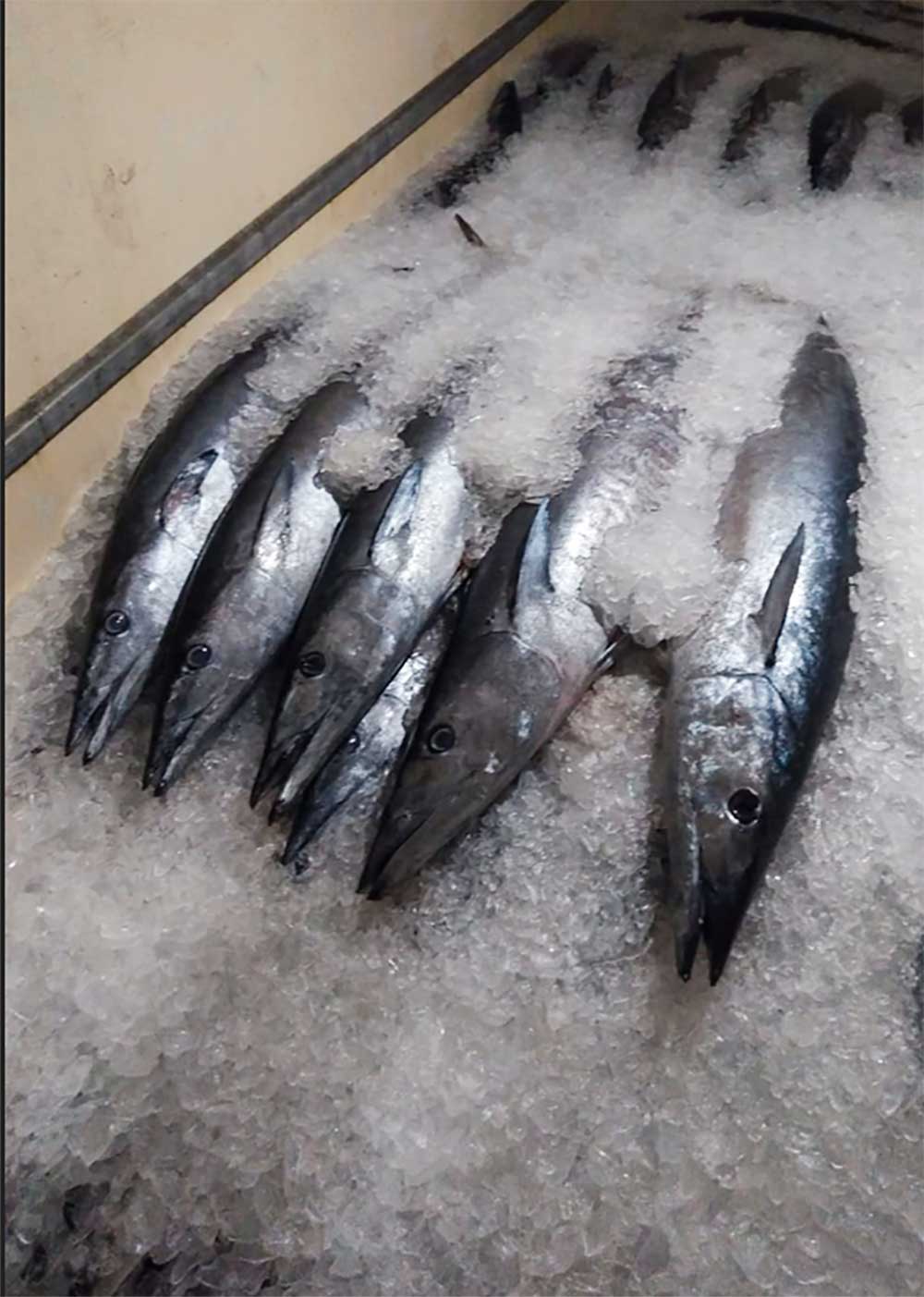
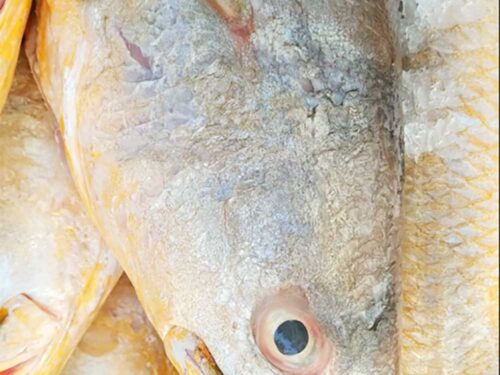
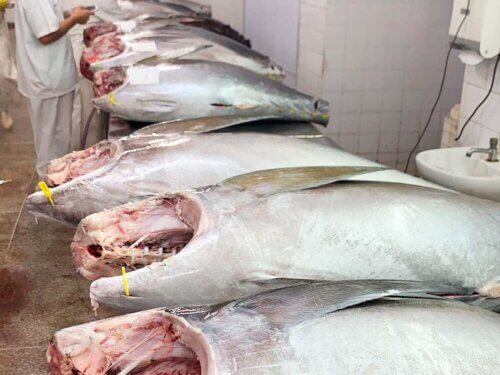
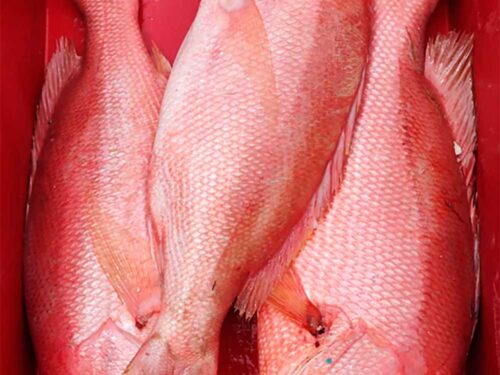
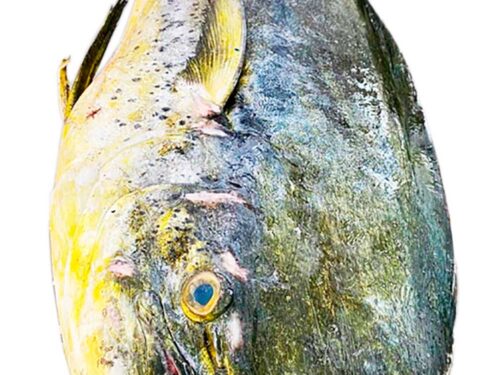
Reviews
There are no reviews yet.